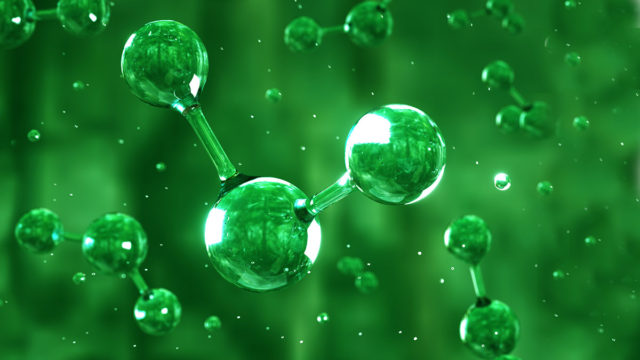Sparc and its green hydrogen partners are accelerating plans to build a pilot plant using their potentially ground-breaking technology after a study confirmed its commercial potential.
The Preliminary Techno-Economic Analysis completed for the Sparc Hydrogen JV, which includes Fortescue Future Industries (FFI) and the University of Adelaide, found that the patent pending photocatalytic water splitting technology could produce green hydrogen at low cost.
This is due to the relatively low electricity input, water and land use compared to standard electrolysis as well as the potential to be more scalable than other forms of hydrogen production due to its lower utility and infrastructure requirements.
The photocatalytic tech uses a catalyst exposed to direct sunlight to convert water into hydrogen and oxygen, significantly reducing the need for wind farms or massive arrays of solar panels that are required for traditional electrolysis.
Great Results
As a result of these findings, Sparc Technologies (ASX:SPN) and its partners have agreed to accelerate the project schedule and immediately start scoping work on the pilot plant.
“Today marks a significant milestone for Sparc Technologies and the Sparc Hydrogen JV, with the preliminary TEA confirming the potential of this green hydrogen technology,” executive chairman Stephen Hunt said.
“The agreement to accelerate a pilot plant is evidence of this potential and is an important step on the path to commercialisation.”
The evidence can be shown in Biden’s Inflation Reduction Act which offers up to US$3/kg tax credits for green hydrogen, the global movement towards net zero is happening quickly and Sparc Green Hydrogen can potentially play a significant role in achieving this outcome.
FFI CEO, Mark Hutchison said the result of the preliminary TEA is welcome news as the green energy arm of Fortescue Metals Group (ASX:FMG) is focused on developing green hydrogen and green energy innovations and technology, with a specific focus on decarbonising hard-to-abate industries that can be commercialised fast.
University of Adelaide’s Chief Innovation & Commercialisation Officer, Dr Stephen Rodda, noted:
“The preliminary TEA and the resultant decision to accelerate this project is a significant and encouraging outcome for Sparc Hydrogen. It also underscores our collective commitment as JV partners to drive commercialisation of this exciting technology with confidence and aim to achieve commercial scale rapidly.”
Solar reactor advantages
Sparc Green Hydrogen aims to develop its solar reactors to:
- Eliminate the need for solar PV and wind farms for green hydrogen production – decoupling them from the cost associated with renewable electricity.
- Demonstrate inherent scalability due to not requiring an electrolyser;
- Efficiently use water and land resources;
- Flexibly accommodate new and better photocatalysts as technology continues to advance in this field; and
- Suit locations with a good solar resource, but not necessarily with established transmission or grid infrastructure.
This compares against electrolysis and other hydrogen production technologies, which have significant infrastructure requirements and require very large scale to reduce costs.
The greater requirement also makes them less suited to remote locations without access to the electricity or gas grid (such as remote mine sites).
The planned pilot plant will seek to validate the potential of the technology to yield material reductions with respect to electricity, water and land use against existing hydrogen production processes.
Sparc and its partners will also update and refine the preliminary TEA over the next 12 months.
This article was developed in collaboration with Sparc Technologies, a Stockhead advertiser at the time of publishing.
This article does not constitute financial product advice. You should consider obtaining independent advice before making any financial decisions.
You might be interested in












